目录
- 1. 创建项目
- 2. 添加权限
- 3. 获取当前网络状态
- 4. 获取已使用的流量
- 5. 界面设计
- 6. 处理按钮点击事件
- 7. 运行应用
- 8.方法补充
在移动应用开发中,流量管理是一个非常重要的方面。合理地管理和控制应用的网络流量不仅可以提升用户体验,还可以帮助用户节省数据费用。本文将通过一个简单的android应用示例,展示如何实现基本的流量管理功能。
1. 创建项目
首先,打开Android Studio,创建一个新的Android项目。选择“Empty Activity”作为项目模板,并命名为TrafficManagerDemo。
2. 添加权限
为了能够获取和管理网络流量,需要在AndroidManifest.XML文件中添加相应的权限:
<uses-permission android:name="android.permission.INTERNET" /> <uses-permission android:name="android.permission.Access_NETWORK_STATE" />
3. 获取当前网络状态
我们可以通过ConnectivityManager类来获取当前设备的网络连接状态。在MainActivity.Java中添加以下方法:
import android.content.Context;
import android.net.ConnectivityManager;
import android.net.NetworkInfo;
public boolean isNetworkAvailable() {
ConnectivityManager connectivityManager = (www.devze.comConnectivityManager) getSystemService(Context.CONNECTIVITY_SERVICE);
if (connectivityManager != null) {
NetworkInfo activeNetwork = connectivityManager.getActiveNetworkInfo();
return activeNetwork != null && activeNetwork.isConnectedOrConnecting();
}
return false;
}
4. 获取已使用的流量
使用TrafficStats类可以获取应用程序或整个设备的网络流量统计信息。下面的方法用于获取自上次重启以来的总接收和发送字节数:
import android.net.TrafficStats;
public void displayTrafficUsage() {
long rxBytes = TrafficStats.getTotalRxBytes(); // 接收的字节数
long txBytes = TrafficStats.getTotalTxBytes(); // 发送的字节数
String trafficUsage = "Total RX: " + rxBytes + " bytes\nTotal TX: " + txBytes + " bytes";
// 显示流量信息
TextView trafficTextView = findViewById(R.id.trafficTextView);
trafficTextView.setText(trafficUsage);
}
5. 界面设计
在activity_main.xml中设计一个简单的界面,包含一个按钮用于检查网络状态,以及一个TextView用于显示流量信息:
<?xml version="1.0" encoding="utf-8"?>
<RelativeLayout xmlns:android="http://schemas.android.com/apk/res/android"
xmlns:tools="http://schemas.android.com/tools"
android:layout_width="match_parent"
android:layout_height="match_parent"
tools:context=".MainActivity">
<Button
android:id="@+id/checkNetworkButton"
android:layout_width="wrap_content"
android:layout_height="wrap_content"
android:text="检查网络状态"
android:layout_centerHorizontal="true"
android:layout_marginTop="50dp"/>
<TextView
android:id="@+id/networkStatusTextView"
android:layout_width="wrap_content"
android:layout_height="wrap_content"
android:layout_below="@id/checkNetworkButton"
android:layout_centerHorizontal="true"
android:layout_marginTop="20dp"
android:text="网络状态" />
<TextView
android:id="@+id.trafficTextView"
android:layout_width="wrap_content"
android:layout_height="wrap_content"
android:layout_below="@id/networkStatusTextView"
android:layout_centerHorizontal="true"
android:layout_marginTop="20dp"
android:text="流量信息" />
</RelativeLayout>
6. 处理按钮点击事件
在MainActivity.java中处理按钮点击事件,当用户点击按钮时,检查网络状态并更新界面上的文本:
import androidx.appcompat.app.AppCompatActivity;
import android.os.Bundle;
import android.view.View;
import android.widget.Button;
import android.widget.TextView;
public class MainActivity extends AppCompatActivity {
private sGKCLVtTextView networkStatusTextView;
@Override
protected void onCreate(Bundle savedInstanceState) {
super.onCreate(savedInstanceState);
setContentView(R.layout.activity_main);
Button checkNetworkButton = findViewById(R.id.checkNetworkButton);
networkStatusTextView = findViewById(R.id.networkStatusTextView);
checkNetworkButton.setOnClickListener(new View.OnClickListener() {
@Override
public void onClick(View v) {
if (isNetworkAvailable()) {
networkStatusTextView.setText("网络可用");
} else {
networkStatusTextView.setText("无网络连接");
}
displayTrafficUsage();
}
});
}
// 之前定义的方法
}
7. 运行应用
完成上述步骤后,运行你的应用。点击“检查网络状态”按钮,应用将显示当前的网络状态及流量使用情况。
通过本示例,我们了解了如何在Android应用中实现基本的流量管理功能。这包括检查网络状态、获取网络流量统计信息等。对于更复杂的应用场景,开发者可能还需要考虑更多的细节,如根据不同的网络类型(Wi-Fi或移动数据)采取不同的策略,或者限制后台数据同步等。
8.方法补充
下面是一个简单的Android流量管理程序的示例代码。这个示例将展示如何获取和显示设备的移动数据使用情况。我们将创建一个简单的应用,该应用可以显示用户在过去24小时内使用的移动数据量。
1. 创建一个新的Android项目
首先,在Android Studio中创建一个新的项目,选择“Empty Activity”模板,并命名为TrafficMonitor。
2. 添加必要的权限
在AndroidManifest.xml文件中,添加读取网络状态的权限:
<uses-permission android:name="android.permission.ACCESS_NETWORK_STATE" />
3. 创建布局文件
在res/layout/activity_main.xml中,创建一个简单的布局来显示流量信息:
<?xml version="1.0" encoding="utf-8"?>
<RelativeLayout xmlns:android="http://schemas.android.com/apk/res/android"
xmlns:tools="http://schemas.android.com/tools"
android:layout_width="match_parent"
android:layout_height="match_parent"
tools:context=".MainActivity">
<TextView
android:id="@+id/tv_traffic"
python android:layout_width="wrap_content"
android:layout_height="wrap_content"
android:text="Mobile Data Usage:"
android:layout_centerInParent="true"
android:textSize="24sp" />
</RelativeLayout>
4. 编写Java代码
在MainActivity.java中,编写代码来获取并显示过去24小时内的移动数据使用情况:
package com.example.trafficmonitor;
import android.app.Activity;
import android.content.Context;
import android.net.TrafficStats;
import android.os.Bundle;
import android.widget.TextView;
import java.text.SimpleDateFormat;
import java.util.Date;
public class MainActivity extends Activity {
private TextView tvTraffic;
@Override
protected void onCreate(Bundle savedInstanceState) {
super.onCreate(savedInstanceState);
setContentView(R.layout.activity_main);
tvTraffic = findViewById(R.id.tv_traffic);
// 获取过去24小时内的移动数据使用情况
long totalBytes = TrafficStats.getMobileRxBytes() + TrafficStats.getMobileTxBytes();
long totalBytes24HoursAgo = getMobileDataUsage24HoursAgo();
long usedBytes = totalBytes - totalBytes24HoursAgo;
String formattedUsage = formatBytes(usedBytes);
tvTraffic.setText("Mobile Data Usage in the last 24 hours: " + formattedUsage);
}
private long getMobileDataUsage24HoursAgo() {
long currentTime = System.currentTimeMillis();
long oneDayAgo = currentTime - (24 * 60 * 60 * 1000); // 24 hours ago
long rxBytes24HoursAgo = TrafficStats.getMobileRxBytesAt(oneDayAgo);
long txBytes24HoursAgo = TrafficStats.getMobileTxBytesAt(oneDayAgo);
return rxBytes24HoursAgo + txBytes24HoursAgo;
}
private String formatBytes(long bytes) {
if (bytes >= 1073741824) {
return String.format("%.2f GB", bytes / 1073741824.0);
} else if (bytes >= 1048576) {
return String.format("%.2f MB", bytes / 1048576.0);
} else if (bytes >= 1024) {
return String.format("%.2f KB", bytes / 1024.0);
} else {
return String.format("%d B", bytes);
}
}
}
5. 运行应用
现在,你可以运行这个应用。它将显示过去24小时内使用的移动数据量。
说明
TrafficStats.getMobileRxBytes() 和 TrafficStats.getMobileTxBytes() 分别用于获取接收和发送的移动数据总量。
TrafficStats.getMobileRxBytesAt(long time) 和 TrafficStats.getMobileTxBytesAt(long time) 用于获取指定时间点的接收和发送数据量。
formatBytes(long bytes) 方法用于将字节数转换为更易读的格式(如MB、GB)。
这个示例提供了一个基本的流量监控功能,你可以根据需要扩展更多的功能,例如监控Wi-Fi数据使用情况、设置数据使用限制等。当然可以!在Android应用中,流量管理是一个重要的方面,尤其是在移动设备上,用户可能会非常关注数据的使用情况。下面我将详细介绍一个简单的Android流量管理程序示例,包括其主要功能和关键代码段。
功能概述
这个示例应用程序的主要功能包括:
- 检测网络连接状态:判断设备是否连接到互联网。
- 获取当前使用的流量:显示设备当前使用的移动数据量。
- 设置流量警告:允许用户设置一个流量阈值,当达到该阈值时,应用程序会发出警告。
依赖库
首先,确保在build.gradle文件中添加必要的依赖:
dependencies {
implementation 'androidx.appcompat:appcompat:1.3.1'
implementation 'com.google.android.material:material:1.4.0'
implementation 'androidx.constraintlayout:constraintlayout:2.1.0'
}
权限
在AndroidManifest.xml文件中添加必要的权限:
<uses-permission android:name="android.permission.ACCESS_NETWORK_STATE" /> <uses-permission android:name="android.permission.READ_PHONE_STATE" />
布局文件
创建一个简单的布局文件activity_main.xml,用于显示网络状态和流量信息:
<?xml version="1.0" encoding="utf-8"?>
<androidx.constraintlayout.widget.ConstraintLayout xmlns:android="http://schemas.android.com/apk/res/android"
xmlns:app="http://schemas.android.com/apk/res-auto"
xmlns:tools="http://schemas.android.com/tools"
android:layout_width="match_parent"
android:layout_height="match_parent"
tools:context=".MainActivity">
<TextView
android:id="@+id/tv_network_status"
android:layout_width="wrap_content"
android:layout_height="wrap_content"
android:text="Network Status: Unknown"
app:layout_constraintTop_toTopOf="parent"
app:layout_constraintStart_toStartOf="parent"
app:layout_constraintEnd_toEndOf="parent"
android:padding="16dp"/>
<TextView
android:id="@+id/tv_data_usage"
android:layout_width="wrap_content"
android:layout_height="wrap_content"
android:text="Data Usage: 0 MB"
app:layout_constraintTop_toBottomOf="@id/tv_network_status"
app:layout_constraintStart_toStartOf="parent"
app:layout_constraintEnd_toEndOf="parent"
android:padding="16dp"/>
<EditText
android:id="@+id/et_threshold"
android:layout_width="0dp"
android:layout_height="wrap_content"
android:hint="Set Data Threshold (MB)"
app:layout_constraintTop_toBottomOf="@id/tv_data_usage"
app:layout_constraintStart_toStartOf="parent"
app:layout_constraintEnd_toStartOf="@id/btn_set_threshold"
android android:padding="16dp"/>
<Button
android:id="@+id/btn_set_threshold"
android:layout_width="wrap_content"
android:layout_height="wrap_content"
android:text="Set Threshold"
app:layout_constraintTop_toBottomOf="@id/tv_data_usage"
app:layout_constraintEnd_toEndOf="parent"
android:padding="16dp"/>
</androidx.constraintlayout.widget.ConstraintLayout>
主要代码
在MainActivity.java中实现主要逻辑:
package com.example.trafficmanagement;
import androidx.appcompat.app.AppCompatActivity;
import android.content.Context;
import android.net.ConnectivityManager;
import android.net.NetworkInfo;
import android.os.Bundle;
import android.telephony.TelephonyManager;
import android.text.TextUtils;
import android.view.View;
import android.widget.Button;
import android.widget.EditText;
import android.widget.TextView;
import android.widget.Toast;
public class MainActivity extends AppCompatActivity {
private TextView tvNetworkStatus;
private TextView tvDataUsage;
private EditText etThreshold;
private Button btnSetThreshold;
@Override
protected void onCreate(Bundle savedInstanceState) {
super.onCreate(savedInstanceState);
setContentView(R.layout.activity_main);
tvNetworkStatus = findViewById(R.id.tv_network_status);
tvDataUsage = findViewById(R.id.tv_data_usage);
etThreshold = findViewById(R.id.et_threshold);
btnSetThreshold = findViewById(R.id.btn_set_threshold);
checkNetworkStatus();
getDataUsage();
btnSetThreshold.setOnClickListener(new View.OnClickListener() {
@Override
public void onClick(View v) {
String thresholdStr = etThreshold.getText().toString();
if (!TextUtils.isEmpty(thresholdStr)) {
int threshold = Integer.parseInt(thresholdStr);
setThreshold(threshold);
} else {
Toast.makeText(MainActivity.this, "Please enter a valid threshold", Toast.LENGTH_SHORT).show();
}
}
});
}
private void checkNetworkStatus() {
ConnectivityManager connectivityManager = (ConnectivityManager) getSystemService(Context.CONNECTIVITY_SERVICE);
NetworkInfo activeNetwork = connectivityManager.getActiveNetworkInfo();
bpythonoolean isConnected = activeNetwork != null && activeNetwork.isConnectedOrConnecting();
String status = isConnected ? "Connected" : "Not Connected";
tvNetworkStatus.setText("Network Status: " + status);
}
private void getDataUsage() {
TelephonyManager telephonyManager = (TelephonyManager) getSystemService(Context.TELEPHONY_SERVICE);
long totalBytes = 0;
try {
totalBytes = Long.parseLong(telephonyManager.getNetworkStatsSummary().getTotalBytes());
} catch (Exception e) {
e.printStackTrace();
}
double totalMB = totalBytes / (1024.0 * 1024.0);
tvDataUsage.setText("Data Usage: " + String.format("%.2f", totalMB) + " MB");
}
private void setThreshold(int threshold) {
// 这里可以添加逻辑来设置流量阈值并进行监控
Toast.makeText(this, "Threshold set to " + threshold + " MB", Toast.LENGTH_SHORT).show();
}
}
说明
检查网络状态:checkNetworkStatus方法通过ConnectivityManager获取当前的网络连接状态,并更新UI显示。
获取流量使用情况:getDataUsage方法通过TelephonyManager获取设备的总流量使用情况,并转换为MB单位后更新UI显示。
设置流量阈值:setThreshold方法允许用户输入一个流量阈值,并在按钮点击时调用此方法。这里可以进一步扩展,例如在后台持续监控流量使用情况并在达到阈值时发送通知。
以上就是Android实现流量管理程序的示例代码的详细内容,更多关于Android流量管理的资料请关注编程客栈(www.devze.com)其它相关文章!
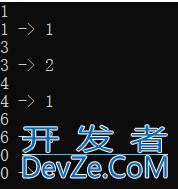
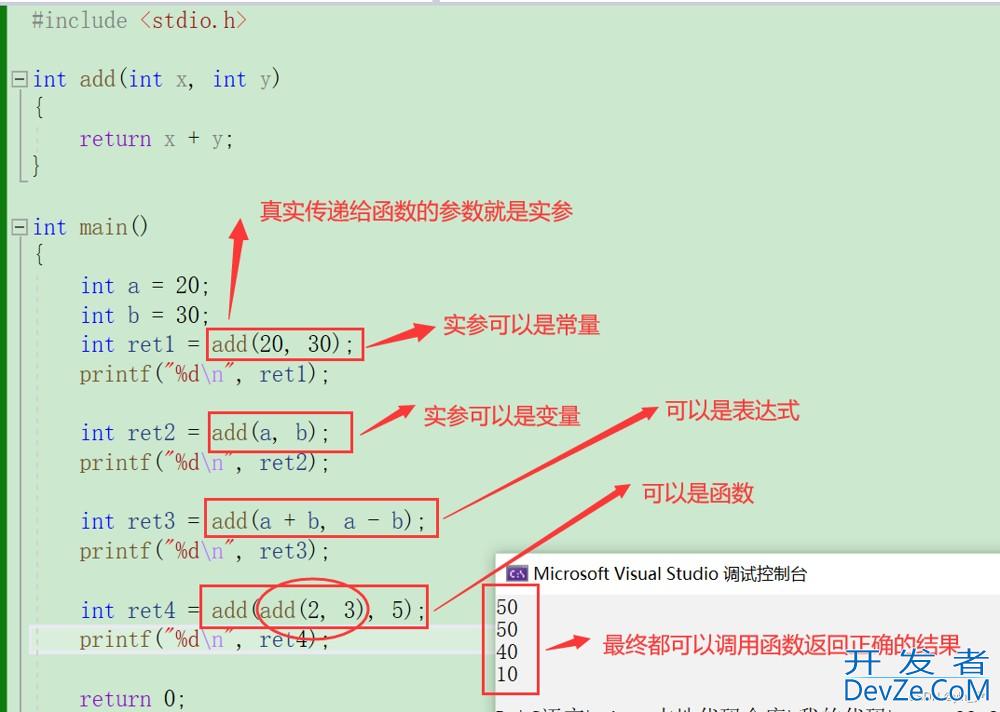

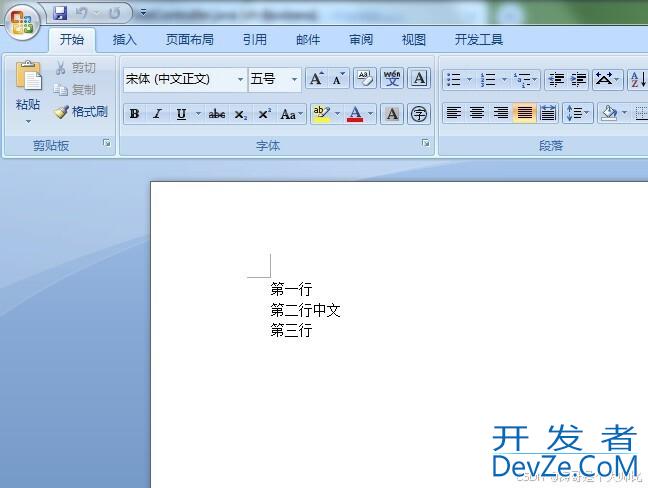
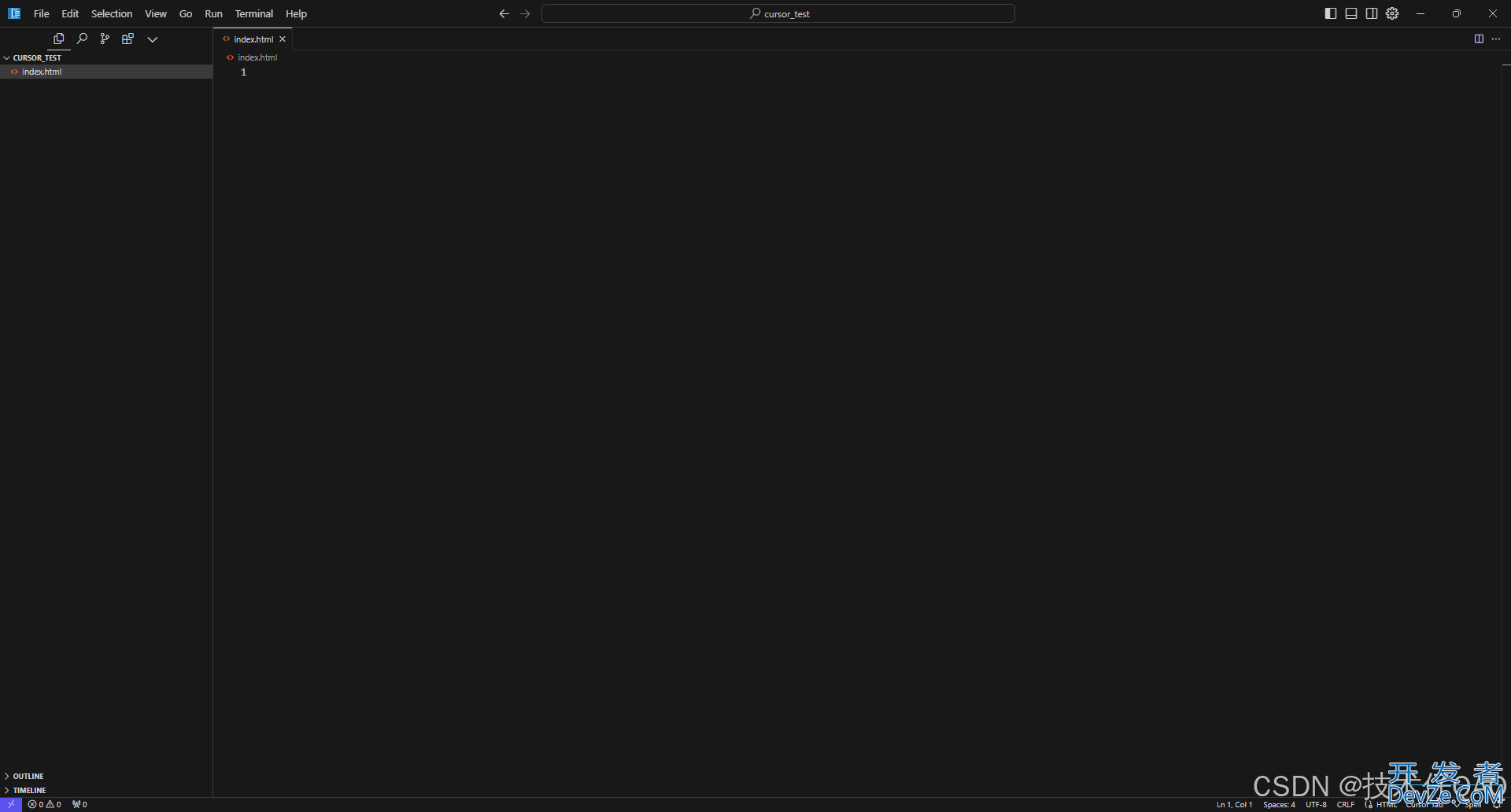
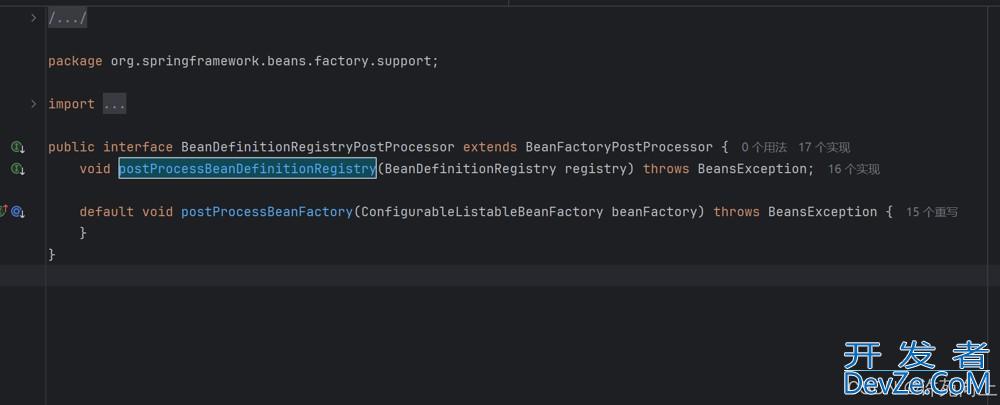

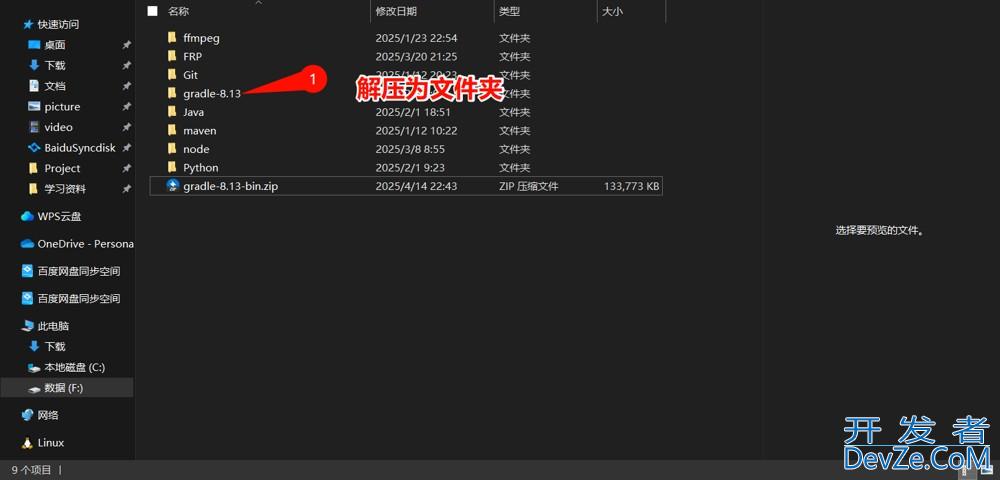
 加载中,请稍侯......
加载中,请稍侯......
精彩评论